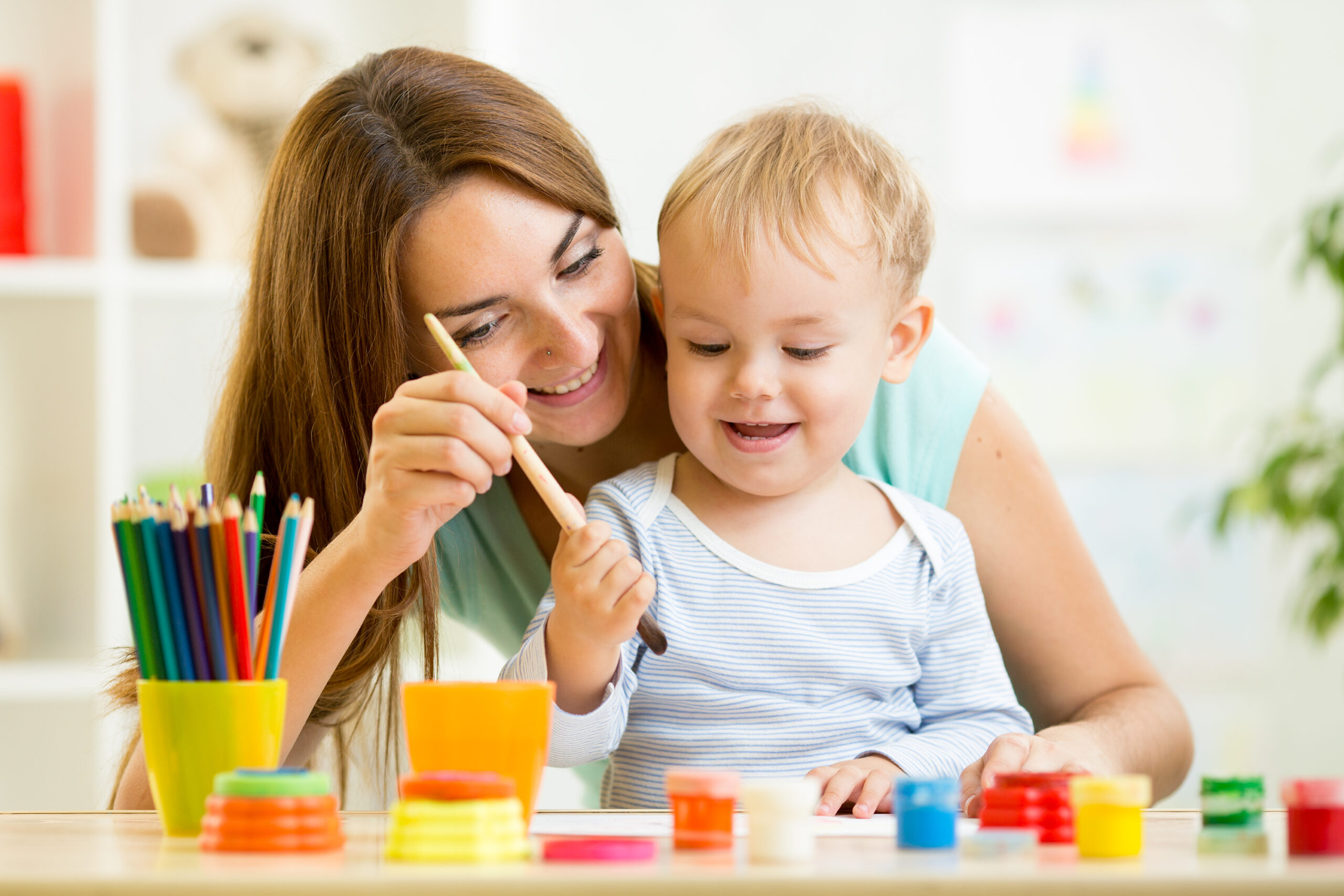
PRESCHOOLER CAN LEARN FROM STUDYING THE FINE ARTS
Did you know that art education – even at the preschool level – is just as important to development as reading and math? In fact, art is a major building block in child development and learning to create and appreciate visual beauty may be even more important to the development of the next generation of children. Being exposed to the world of fine arts at a young age can open up an entirely new world to you preschooler and kindergartner, giving them the vocabulary to speak about his or her favorite artist, recognize a famous painting or ask to use a variety of media to create a masterpiece of his or her own. Here are the five biggest ways fine art can impact the whole child even in these most formative years:
1. Brain Boost!
Neuroscience tells us that a child’s engagement in early art activities can help create unique brain connections by promoting problem solving, decision making and other cognitive skills. In fact, what was formerly known as STEM (Science, Technology, Engineering & Math) is now STEAM. Yup…you guessed it! ART is now included.
Traditionally, science was taught in science class and art in art class. Thanks to the work of Nan Renner, a researcher at UC San Diego’s Center for Research on Educational Equity (CREATE), we not only know the importance of integrating the sciences and arts, but are also working towards making STEAM a natural part of education. The most crucial part of STEAM is integration. Nan pointed out that “when we engage in real-world problem-solving, the disciplinary boundaries fade into the background. We blend and merge creative and critical thinking, representing ideas with words, metaphors, numbers, images, and forms. We can be inquisitive and thoughtful about what these different modalities offer, in education and the workplace, and expand our collective repertoire for identifying and solving big challenges.”
2. Fine Motor Skill Development
So often we take for granted how many skills are woven into what looks like a simple work of art. Holding a pencil, oil pastel, piece of chalk, crayon, or marker; cutting with scissors; and controlling the amount of glue to use are all very difficult tasks for a preschooler to accomplish. By never judging a child’s art and remembering that process is more important than product, you will see and appreciate all of the artwork hanging up in your child’s classroom.
3. Social & Emotional Growth
Art offers children an important outlet for emotional expression and the assurance that their feelings are valued. Discussion of cool and warm colors, why artists use them and how certain colors make them feel are wonderful ways to understand emotions. Working on an art project with a partner or group fosters social growth, as children will need to have discussions, respect for one another’s input and learn to share materials.
4. Can You Say Creativity?
During the National Arts Education Association convention, Professor Elliot Eisner of Stanford University said, “In the arts, imagination is the primary virtue.”
This is quite profound if you really stop and think about what the brain does when creating art. It is charged with visualizing and interpreting things it cannot see! In addition, analyzing famous works of art fosters imagination. What made Monet choose those colors? What was Pollock feeling or thinking as he poured and dripped his paint? By teaching through guided discovery, children explore color and design… And once this window is opened, the world will never quite look the same. A child’s sense of vision and possibilities then becomes profound, endless, and free of judgement.
5. Culture, History & Diversity
Art is a major contributor in cultural diversity and appreciation. It provides a connection for children to their own roots while also allowing them to discover and appreciate artwork throughout history and across other cultures. Like many of their masterpieces, the lives of famous artists are fascinating and young artists can explore this by reading books, watching videos and going to museums with a growing understanding for everything they see.
For all these benefits and more, all you need to do is pick up a paintbrush with you child, plan a trip to the local are museum, or simply share with your preschooler or kindergartener works by your own favorite artist.
Lisa Raphael
Director, Park Street Academy
Montclair, NJ



















